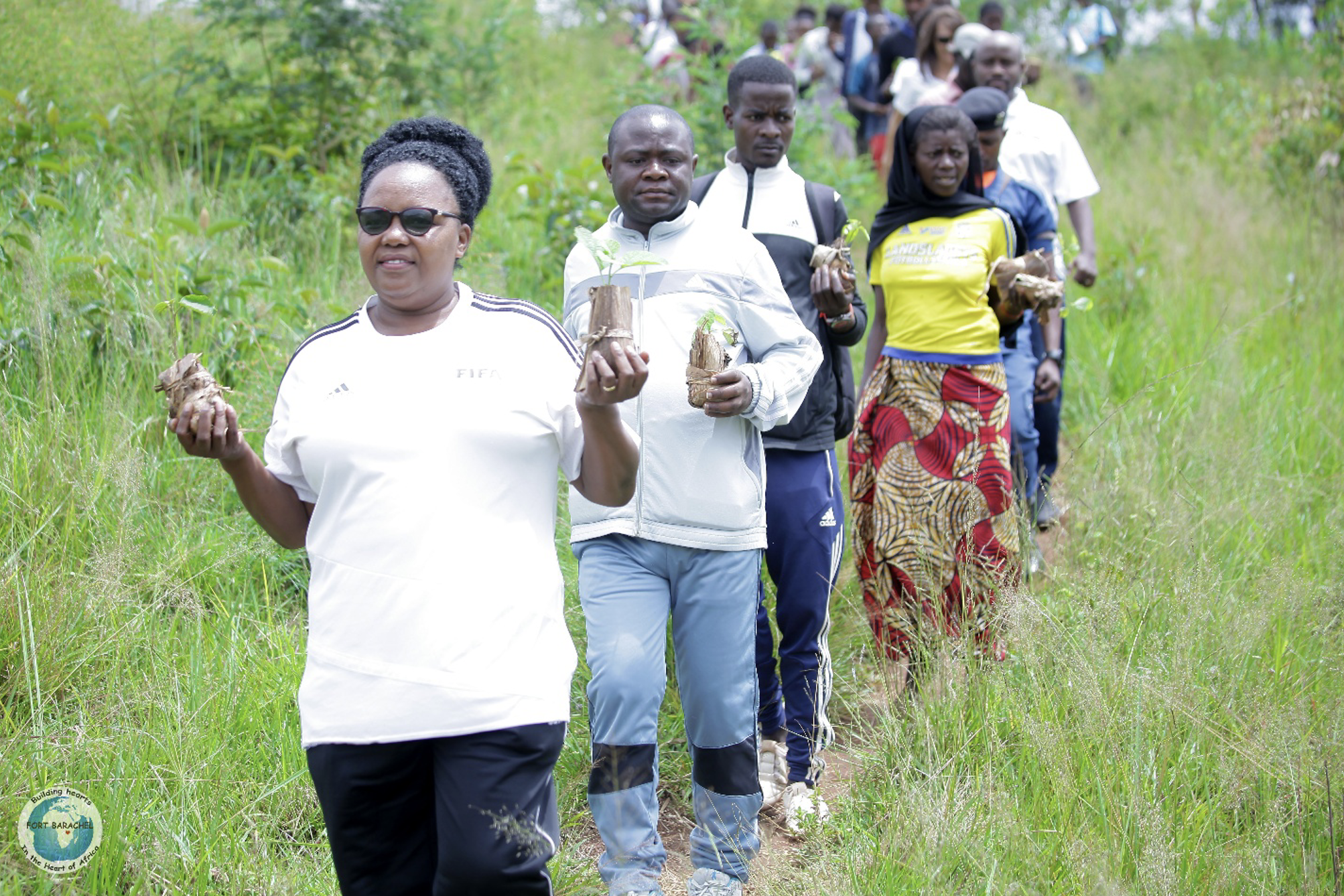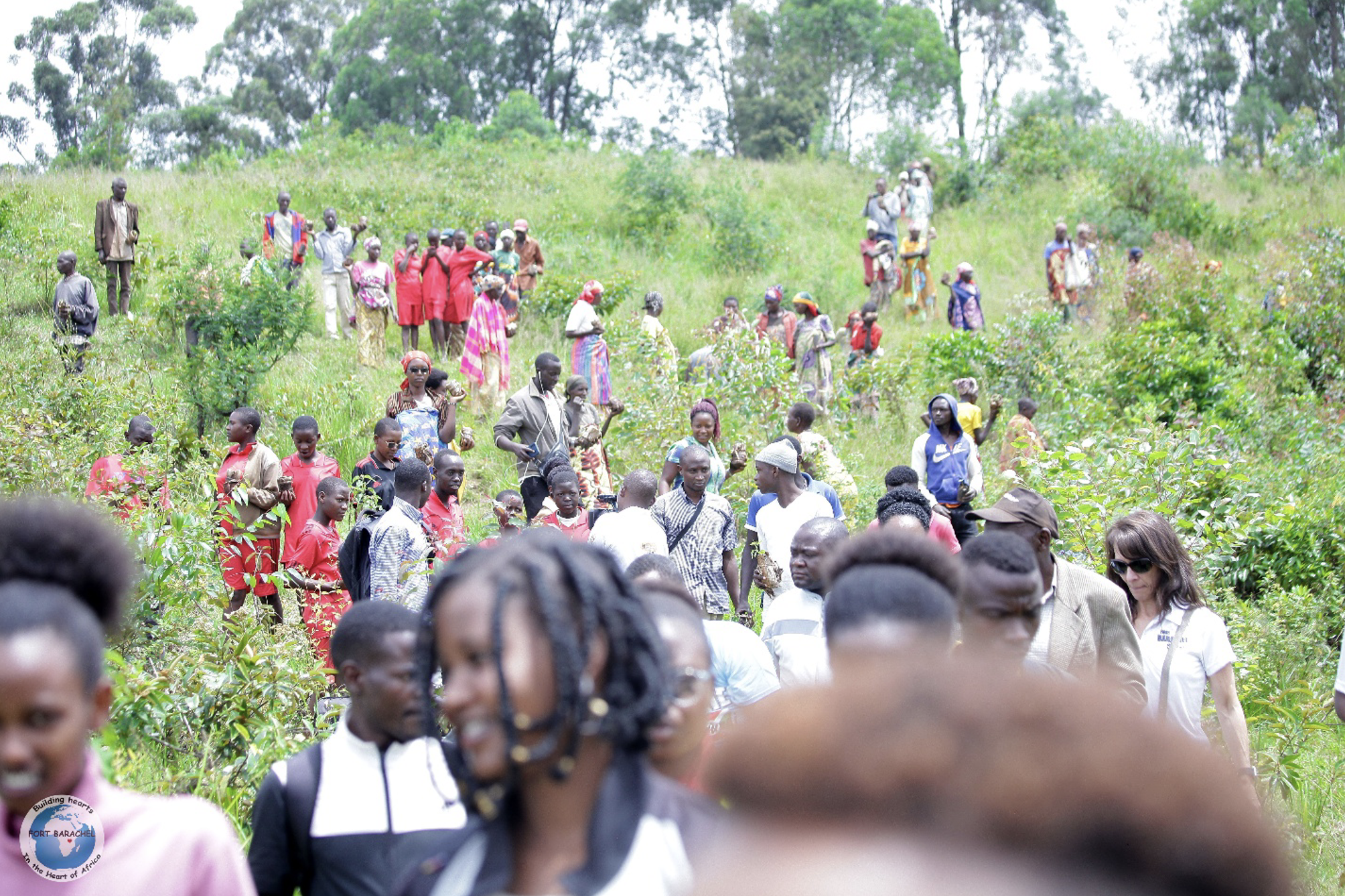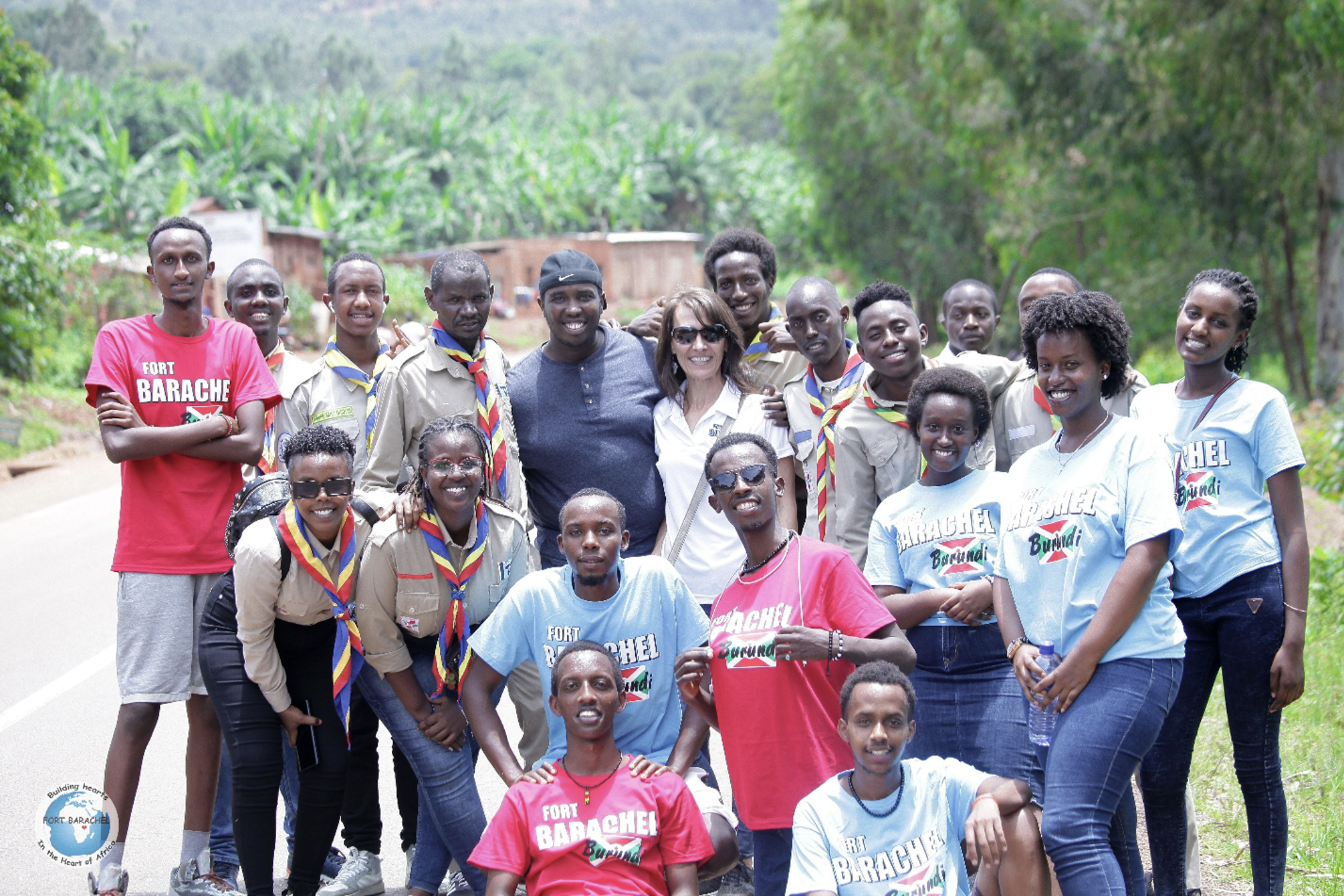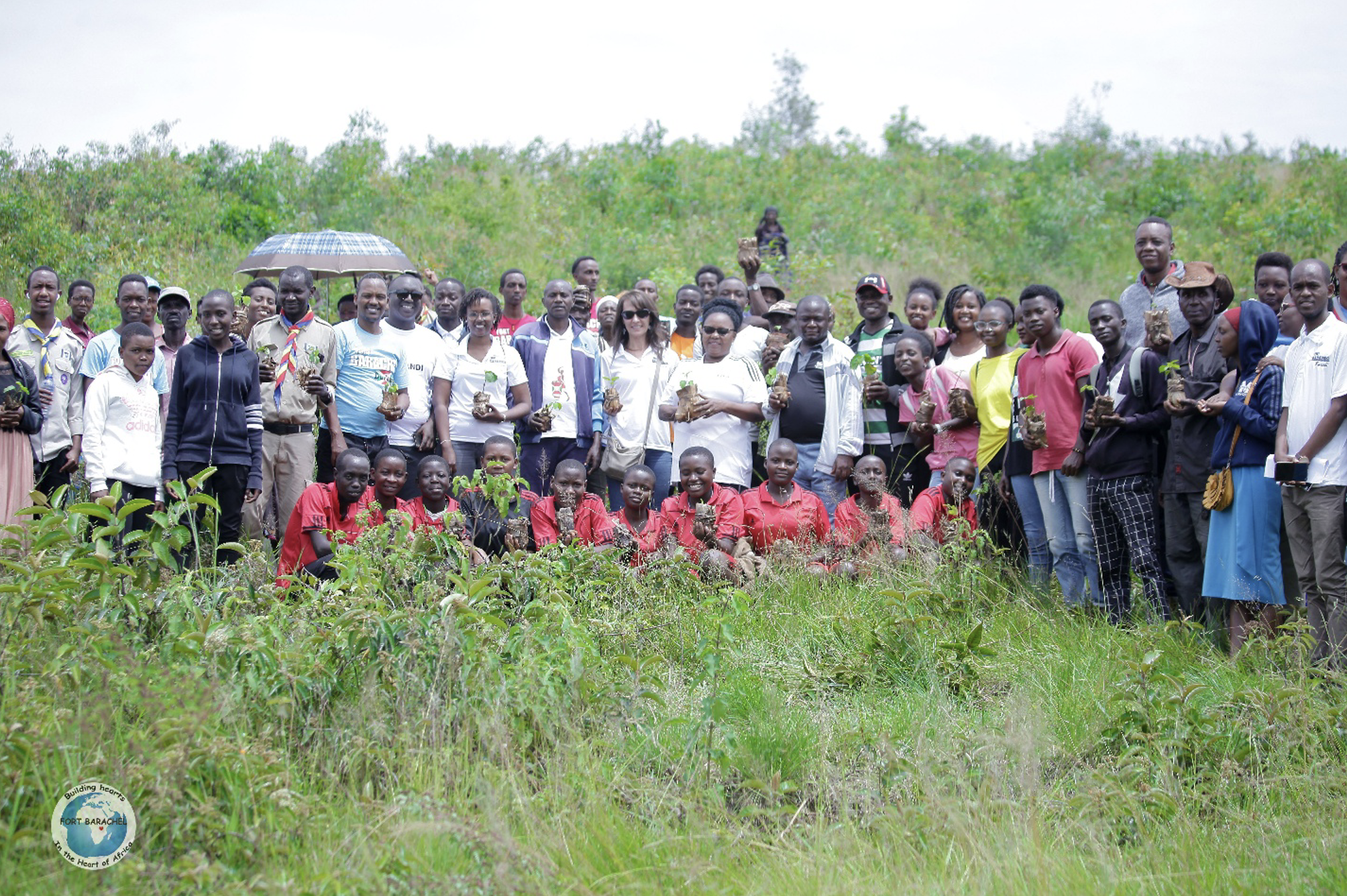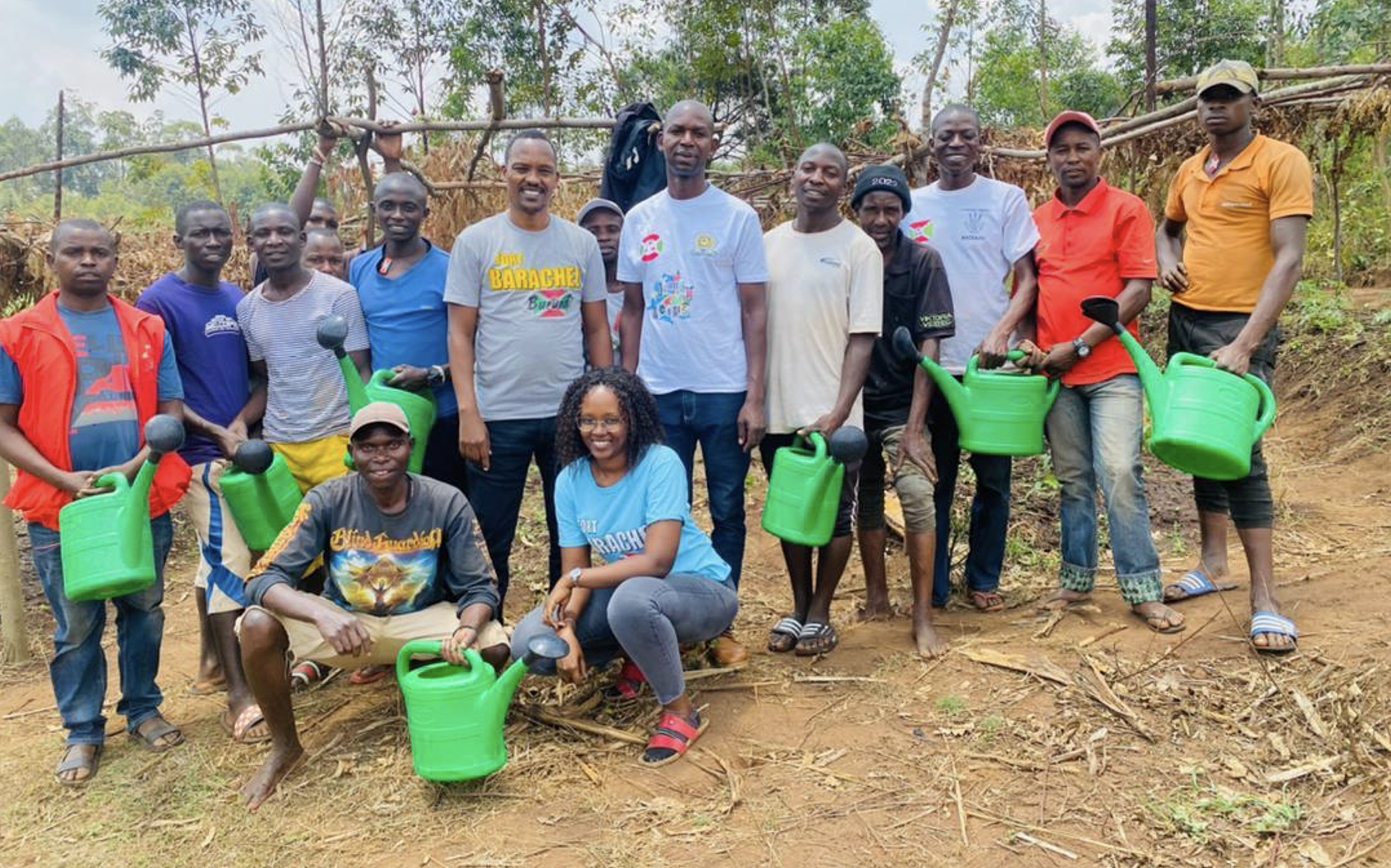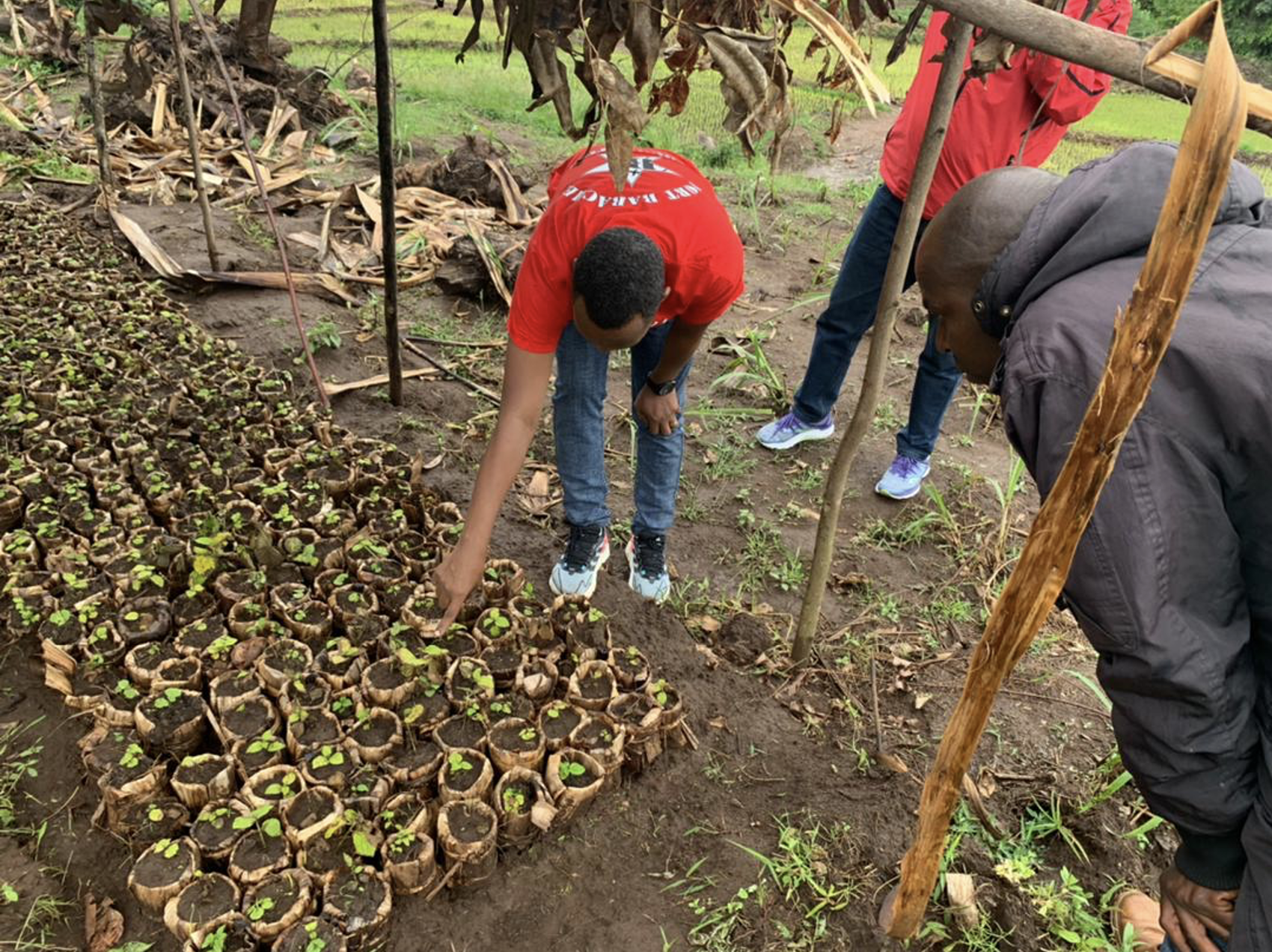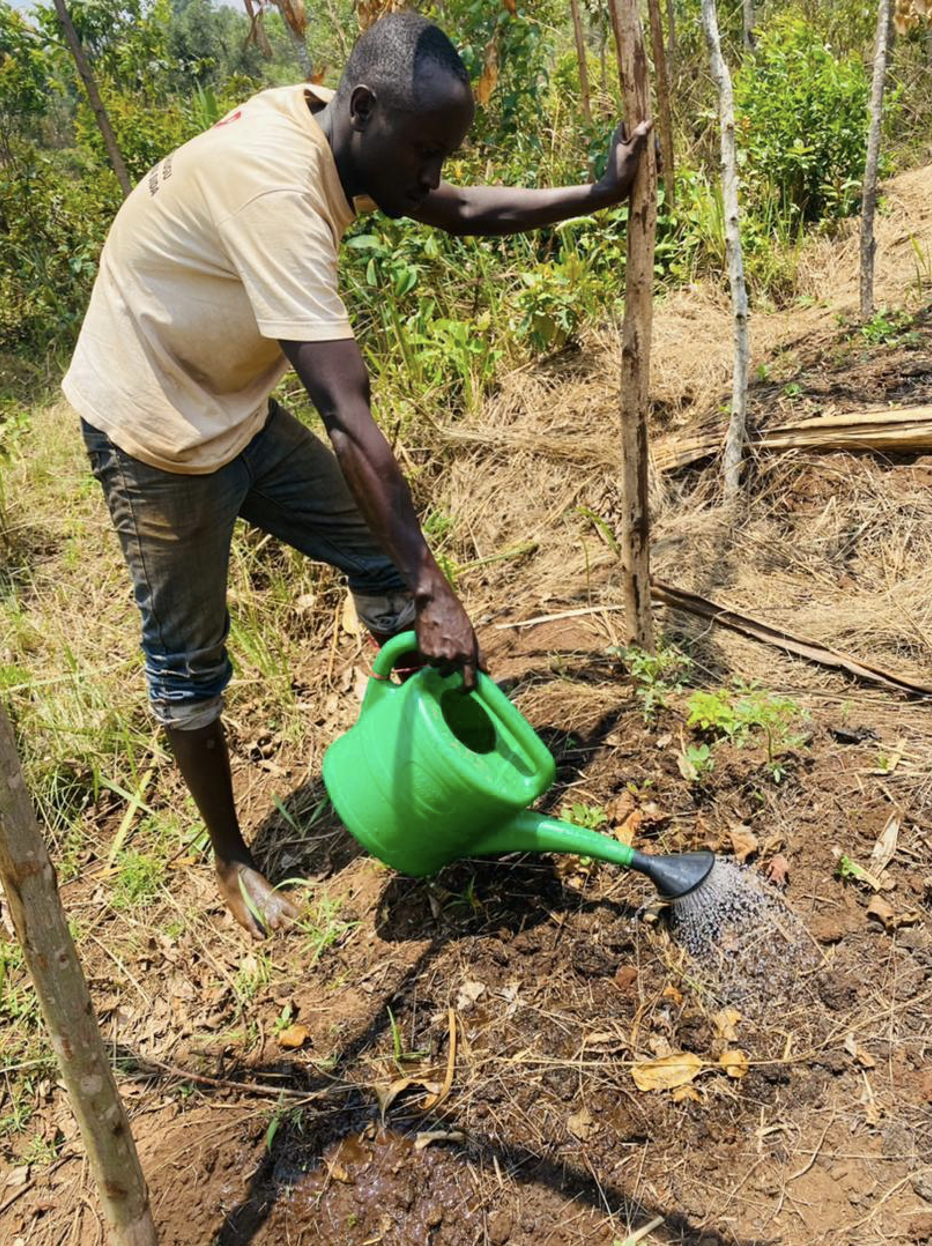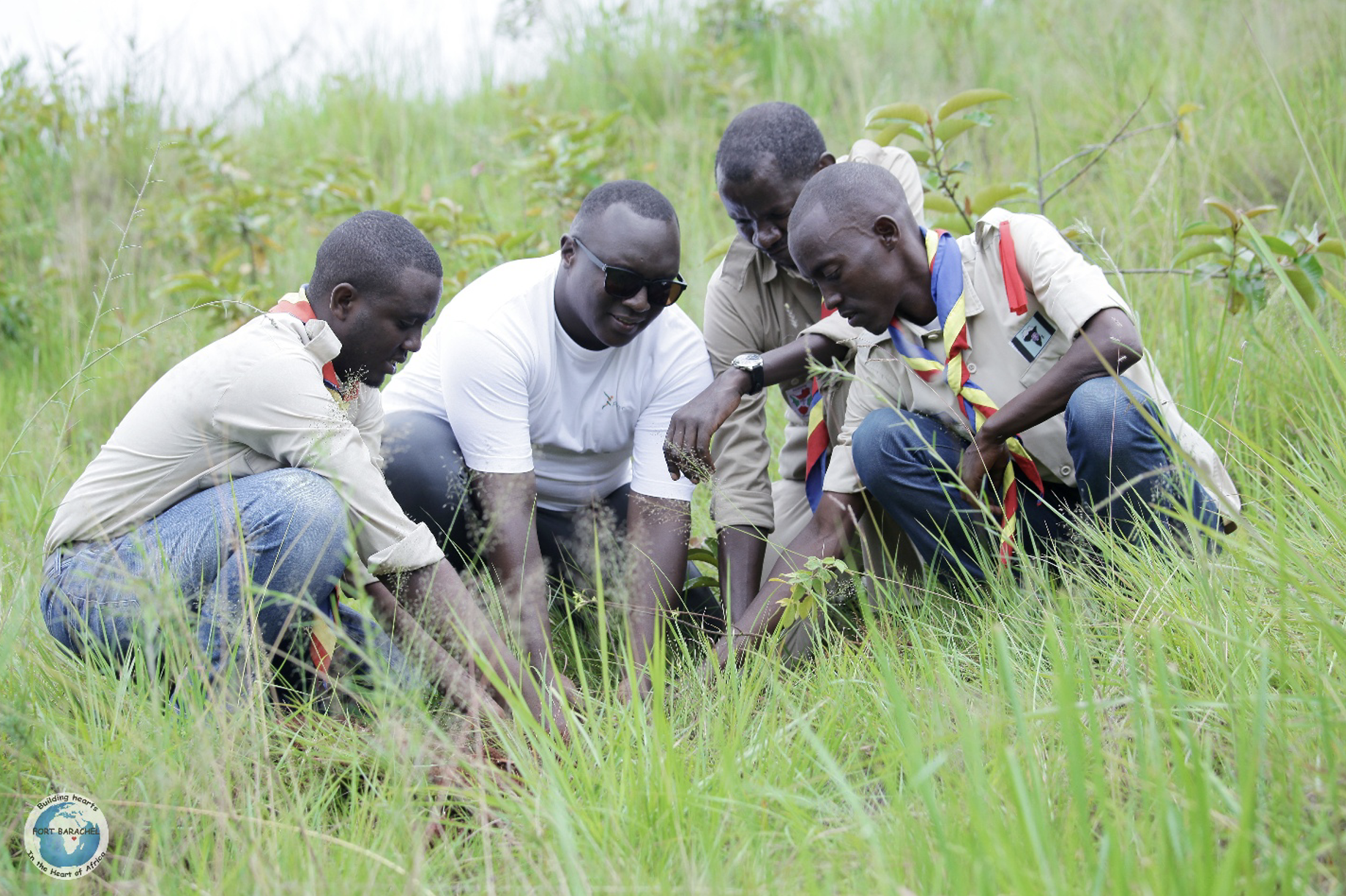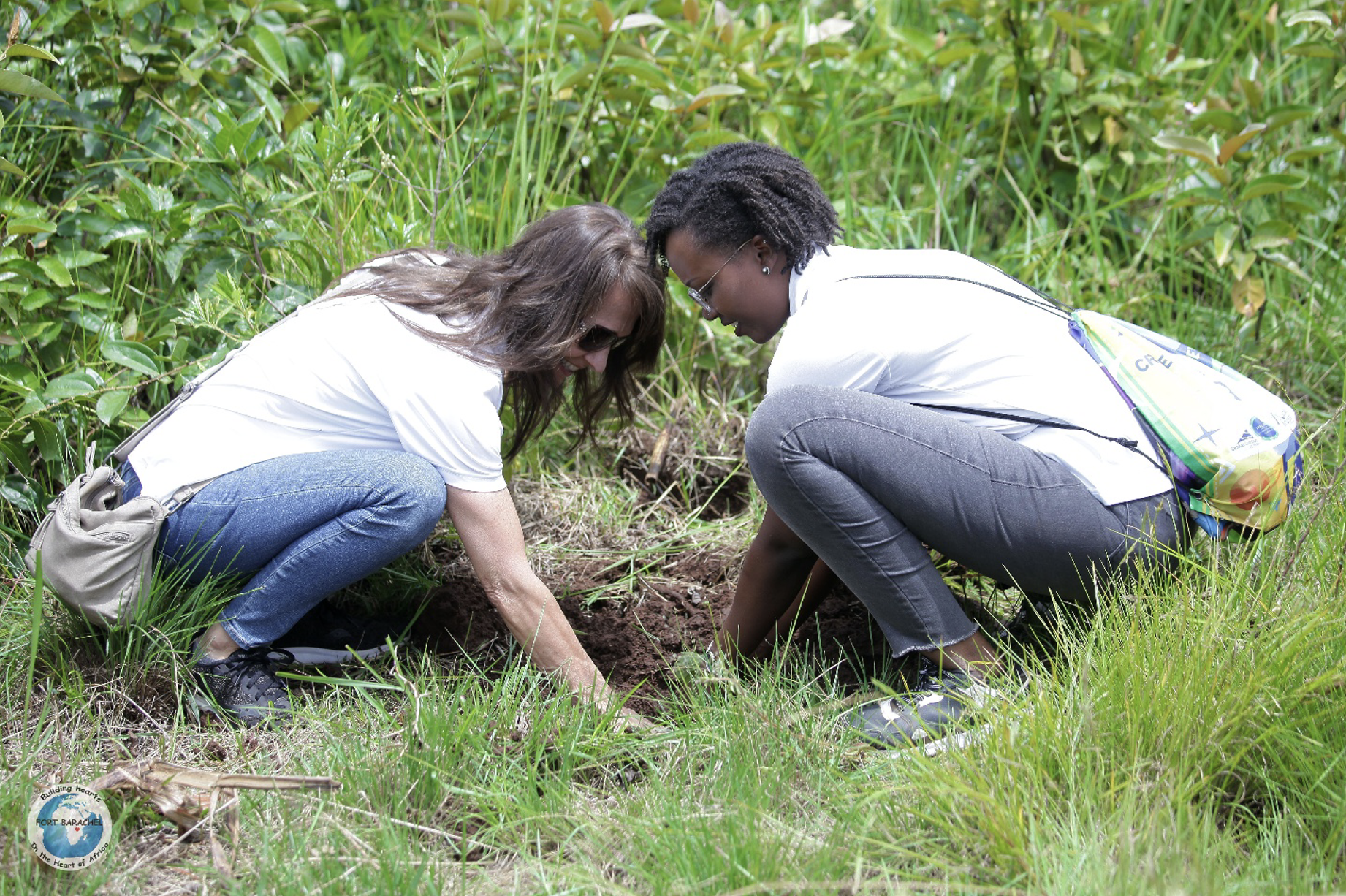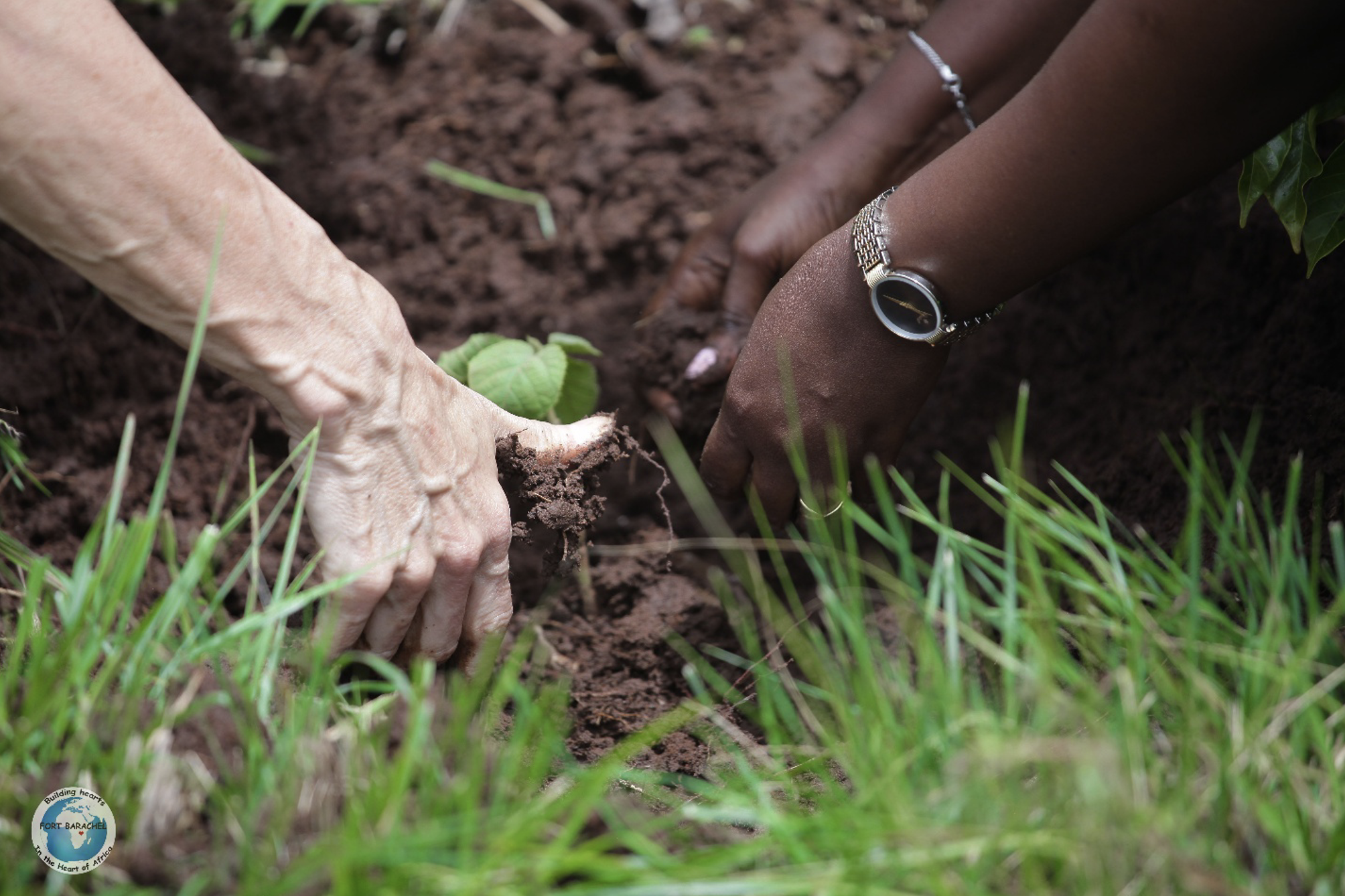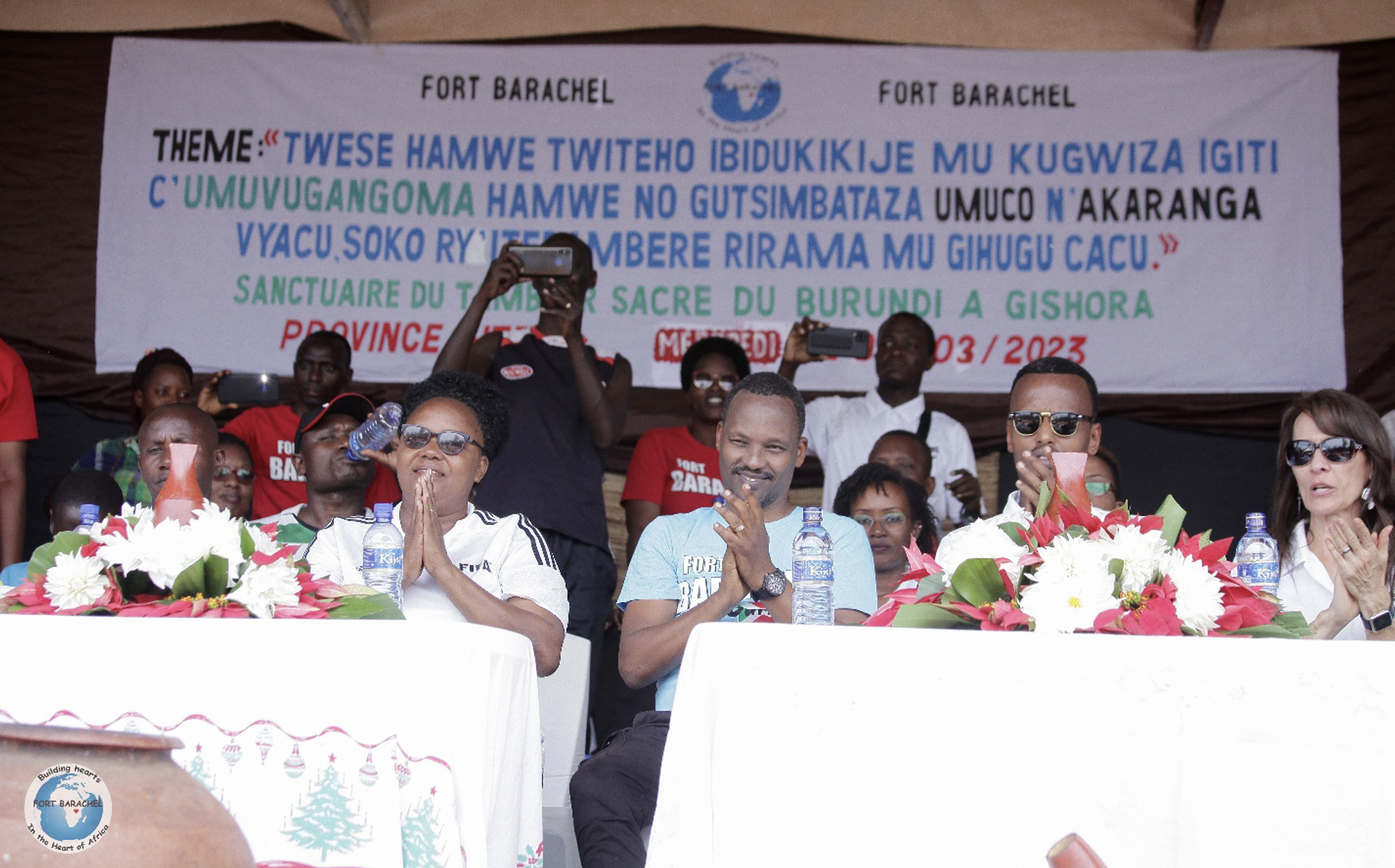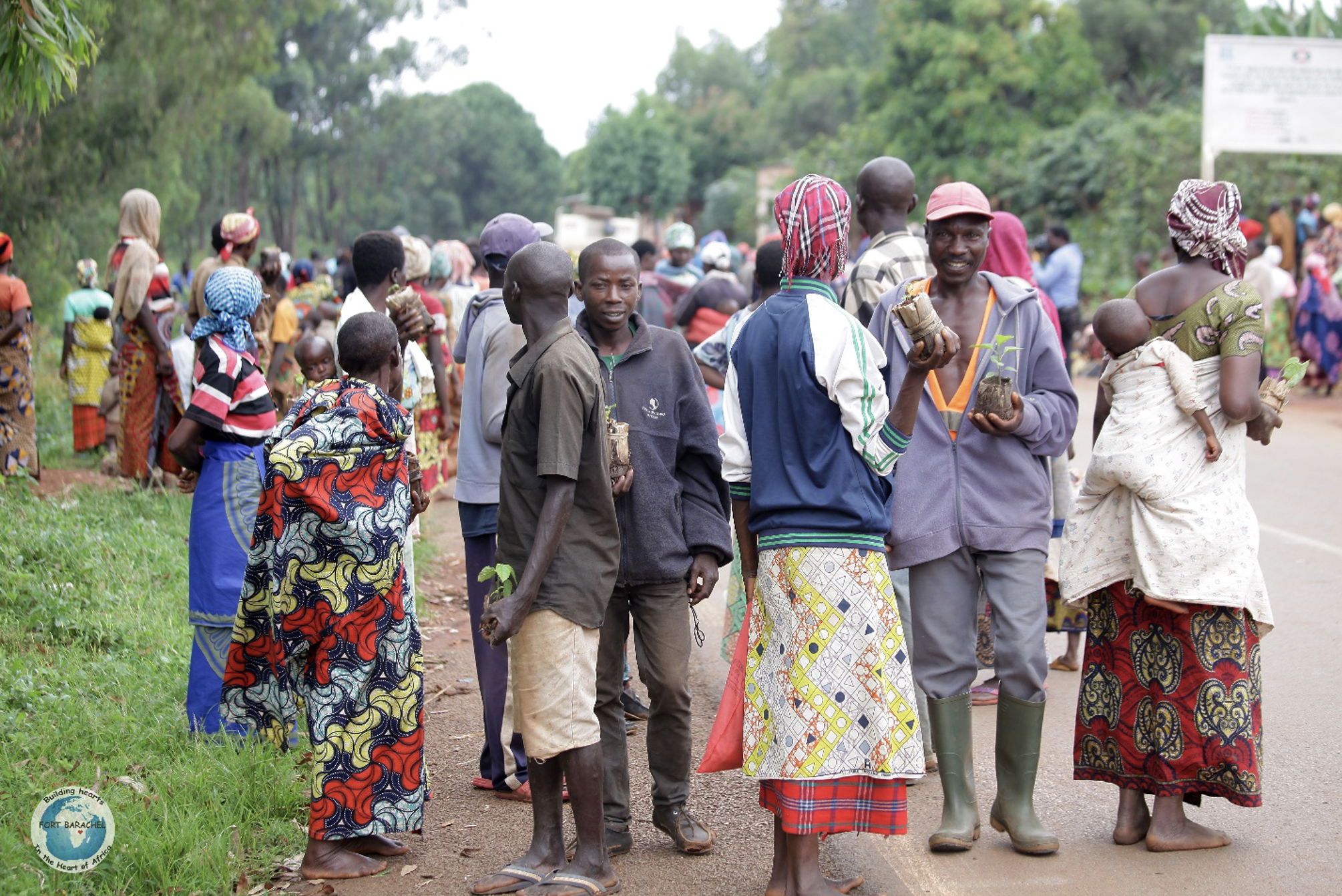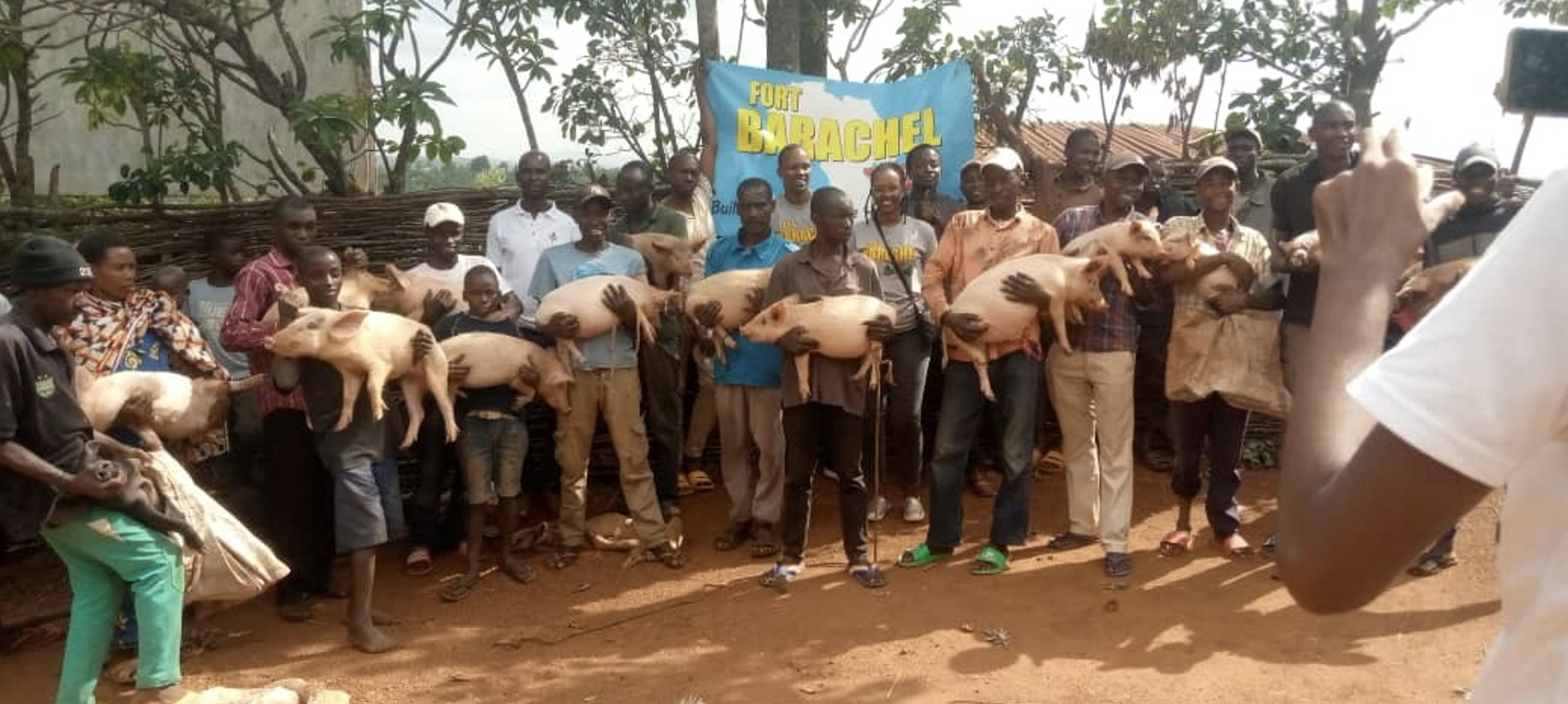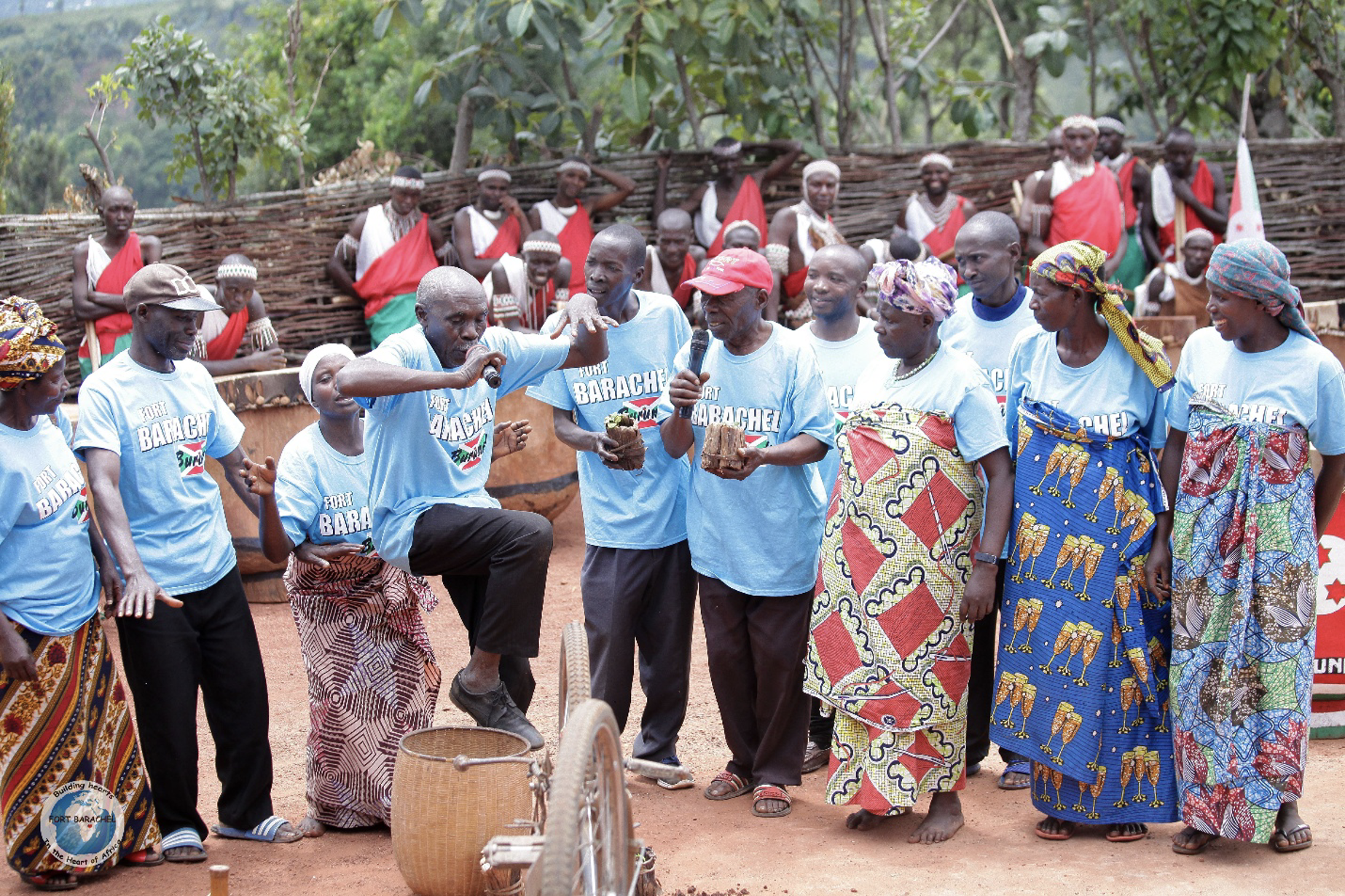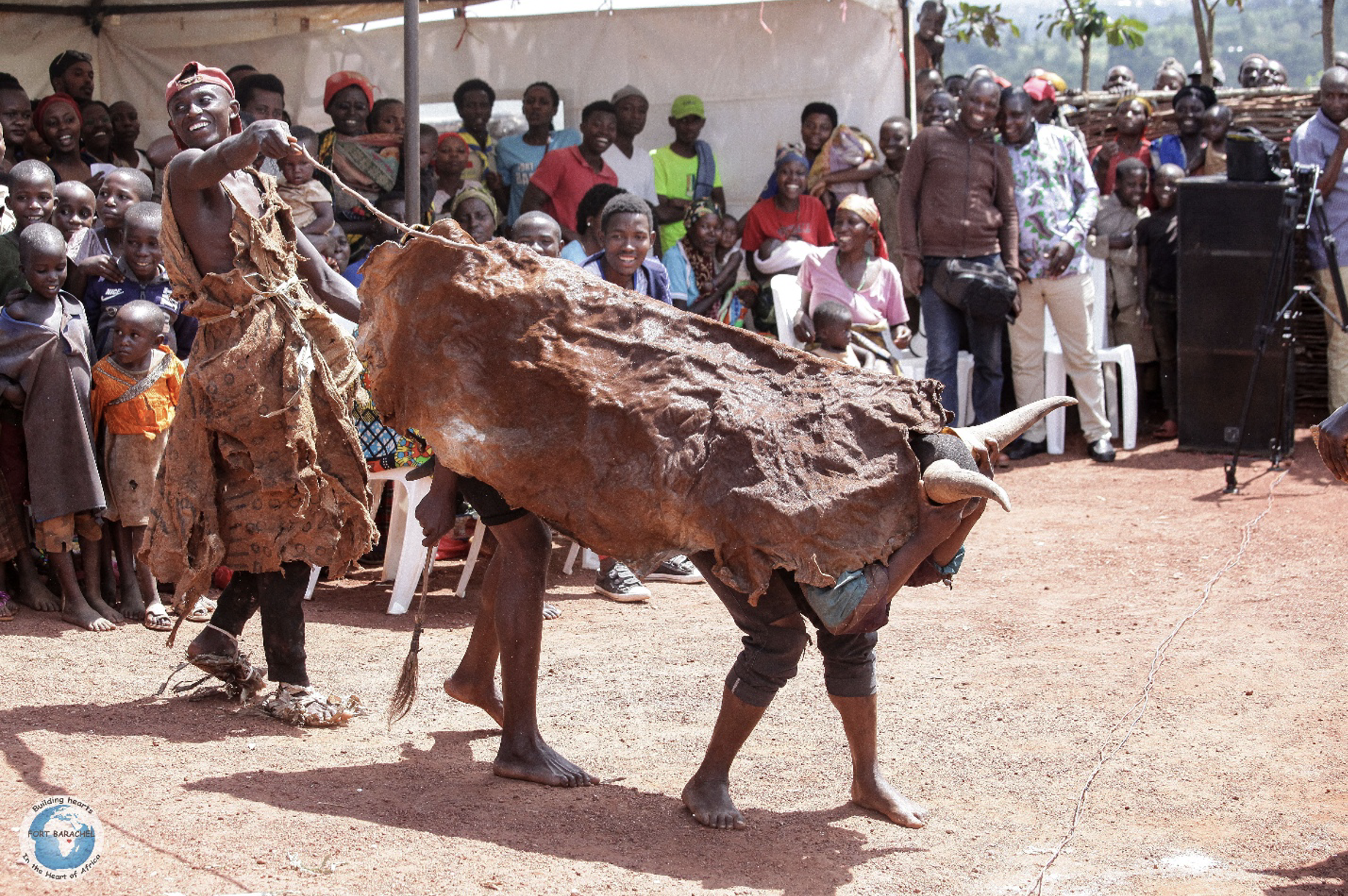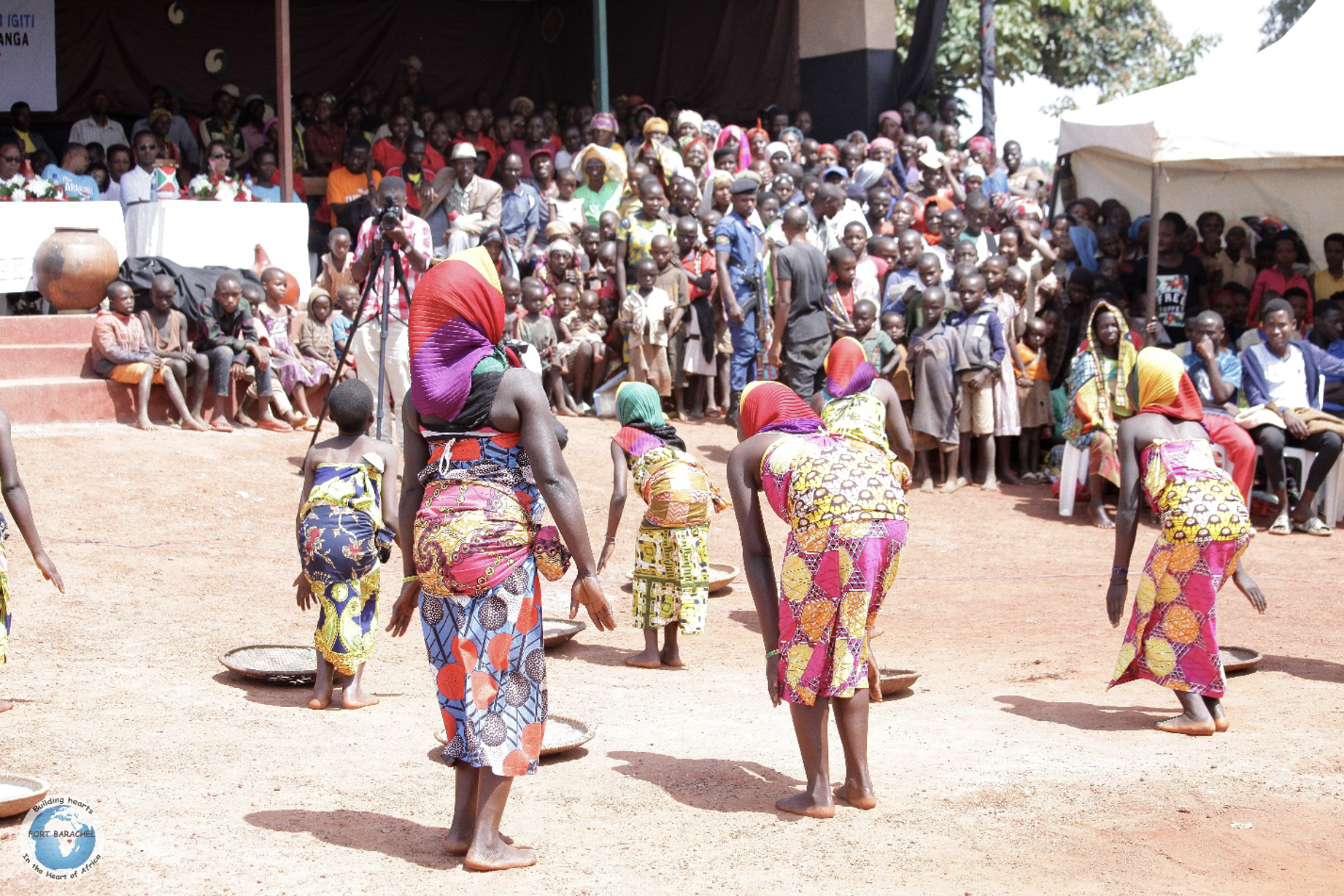Advocating for Cultural Identity & Environmental Sustainability in Burundi
You helped plant at least 3,000 Umuvugangoma trees
A 72-year-old man who is a drummer in the renowned Royal Drummers of Burundi says, “The last time umuvugangoma trees were planted was in 1987. I was younger like some of our team members. I cannot describe the way I feel. You have offered me more joy than the work itself. It is a great joy to see that there are people who come to join us to do what we truly live for. And I can assure you what you are doing will last forever. My wife is here, my children are here—they all know that their dad was a defender of their identity and heritage. The next generation will step up to sustain what you’ve done. Thank you.”
For centuries, the drums made of the umuvugangoma tree (also known as the Cordia africana or Sudan teak) have been central to the cultural identity of the Burundians. However, this tree, held sacred by the Burundians, is endangered, affecting not only the people’s morale but also their environmental sustainability. This past spring, through Fort Barachel Burundi, you made it possible for the Burundians to plant at least 3,000 umuvugangoma trees in their Gishora Sanctuary.
The umuvugangoma tree is ceremonially regal to the Burundians—in sound, in strength, in perseverance. For more than eight hundred years, they have used the wood of this tree to make drums for their fierce warriors, for their king. In fact, these drums have such a distinctive sound, and their drummers such powerful rhythm, that you may have even seen and heard the Burundian drummers whose talent was featured in the film Black Panther.
This traditional drumming has been passed down for generations. It’s their cultural pride and joy. Yet the umuvugangoma tree was dying out. No one was planting new trees, and they didn’t have the resources they needed to start in a meaningful way. Further, many Burundians felt that it was vital they protect the tree for the sake of their country’s environmental sustainability.
Fort Barachel Burundi recognized this need, and through your generosity, rose up to plant a new generation of at least 3,000 umuvugangoma trees in the Gishora Sanctuary, atop the honored hill of Karinzi. This past spring, they held a widely attended tree planting ceremony at this sanctuary with dancing, drumming, speeches, and cultural skits. One of these skits told the story of King Mwezi Gisabo of Burundi, who was revered as a spiritual, mystical leader. His story is the reason Karinzi was chosen as the home of the Gishora Sanctuary.
When King Mwezi received the knowledge that German colonizers and two rebel princes were scheming to kill him, he fled his palace. He ran as fast as his feet would carry him—through the jungle, across rivers, through valleys, climbing mountains and hills. Meanwhile, a palace servant disguised himself in the king’s clothes and jewels, sacrificing himself to the colonizers and rebel princes. As soon as the colonizers and rebels realized the king was still alive, they sent spies after him.
Finally, after three days of fleeing, Mwezi met a man named Nyabidaha, a farmer tending his herd of cows. Desperate, Mwezi pleaded with Nyabidaha to save his life. Nyabidaha hid him in the midst of his cows, their hooves erasing Mwezi’s footprints as they returned home to the hill of Karinzi. There, the village hid Mwezi inside a sorghum granary. Once the colonizers and rebel princes arrived in the small village, hoping to kill the king, they could not find him.
A few weeks later, loyalists came to the village in search of Mwezi. Eavesdropping, he instantly recognized their names and voices and revealed himself to them. Everyone rejoiced. The loyalists swore to force the colonizers out of their country, and they did. In gratitude to Nyabidaha, Mwezi gifted him two cows, which were then butchered and their skins used to make drums with the wood of the umuvugangoma tree.
Today, these 113-year-old drums are still at the Gishora Sanctuary. And two great-great-grandsons of Nyabidaha are now drummers in the renowned Burundian performance group, the Royal Drummers of Burundi, who performed at the umuvugangoma tree planting ceremony this past spring on that same hill of Karinzi where Nyabidaha rescued King Mwezi.
Oscar, chief of the Royal Drummers of Burundi says, “The drums mean a lot in our country. They have been among UNESCO cultural heritage artifacts since 2014. The trees are historically and culturally the ones that last longer, that make stronger drums and give the proper sound. They are running out, though. That is the reason we give it all we have to participate in planting them.”
